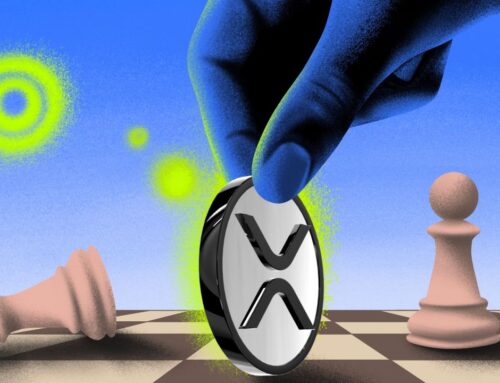Ethereum vs. Solana: Which Has the Bigger Upside by 2026?
November 9, 2025
This post may contain links from our sponsors and affiliates, and Flywheel Publishing may receive compensation for actions taken through them.
Ethereum (CRYPTO: ETH) and Solana (CRYPTO: SOL) have both had a volatile year. Ethereum hit a record high near $4,700 before slipping below $4,000 after the crypto flash crash. Solana followed a similar path, climbing to around $295 early in 2025 but later falling back to the mid-$100 range.
Now, with 2026 approaching, investors are wondering which offers more upside. Will Ethereum’s stability and institutional backing keep it climbing, or will Solana’s faster transaction speed and lower fees lead to bigger gains next year?
The Bullish Case for Ethereum
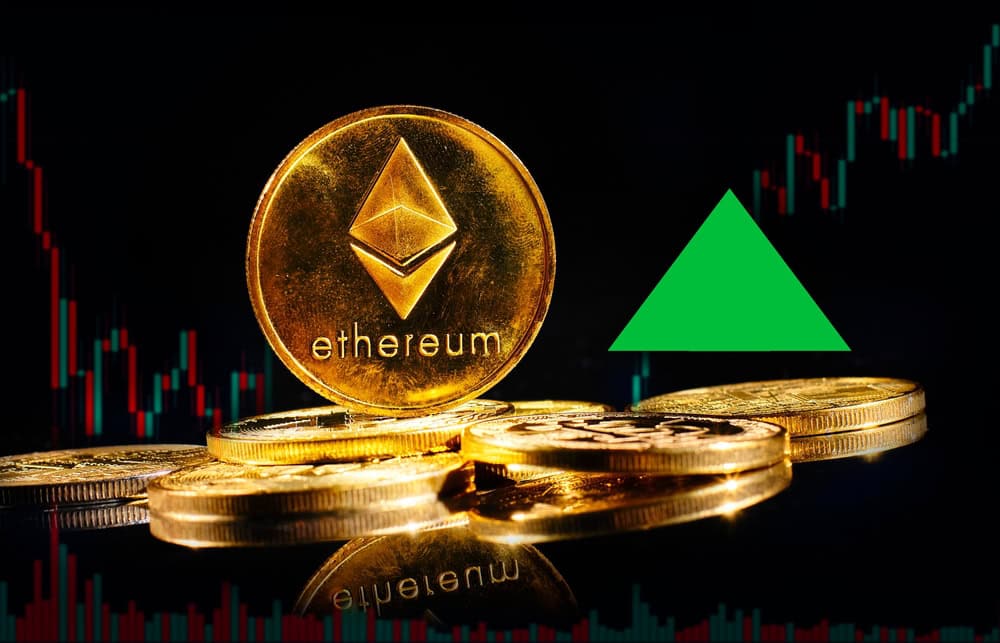
Ethereum bulls believe the recent dip is just a brief pause before the next leg higher. Their confidence rests on three key pillars:
1. Wall Street Money
Institutional adoption of ETH is stronger than ever. The launch of several Ethereum spot ETFs in 2025 has driven mainstream capital into the market. BlackRock, Fidelity, and other Wall Street giants have invested billions.
Spot ETH ETFs saw record-breaking inflows of over $5 billion in one month in mid-2025, even outpacing Bitcoin fund flows at times. This wave of “smart money” signals that big investors view Ethereum as a long-term winner.
2. Network Upgrades
On December 3, 2025, the Ethereum network is scheduled to implement the “Fusaka” hard fork, introducing PeerDAS to boost scalability. Fusaka will increase Ethereum’s throughput and lower gas fees, allowing the blockchain to process far more data and transactions without high costs.
Past bull runs saw Ethereum struggle with sky-high fees. Now, metrics show network activity is near 2025 highs while fees remain manageable, a sign that scaling solutions (Layer 2 rollups and now Fusaka’s improvements) are working.
3. Bullish Price Targets
With ETH currently in the high-$3,000s, even a return to the $4,865 all-time high would mark a solid gain. But forecasts are more ambitious. Analysts recently projected that ETH could hit $5,000 if upcoming upgrades succeed, and some longer-term outlooks see five-figure ETH possible. The bull case frames it as a matter of when, not if, Ethereum powers back above $4K and keeps climbing.
The Bearish Case for Ethereum
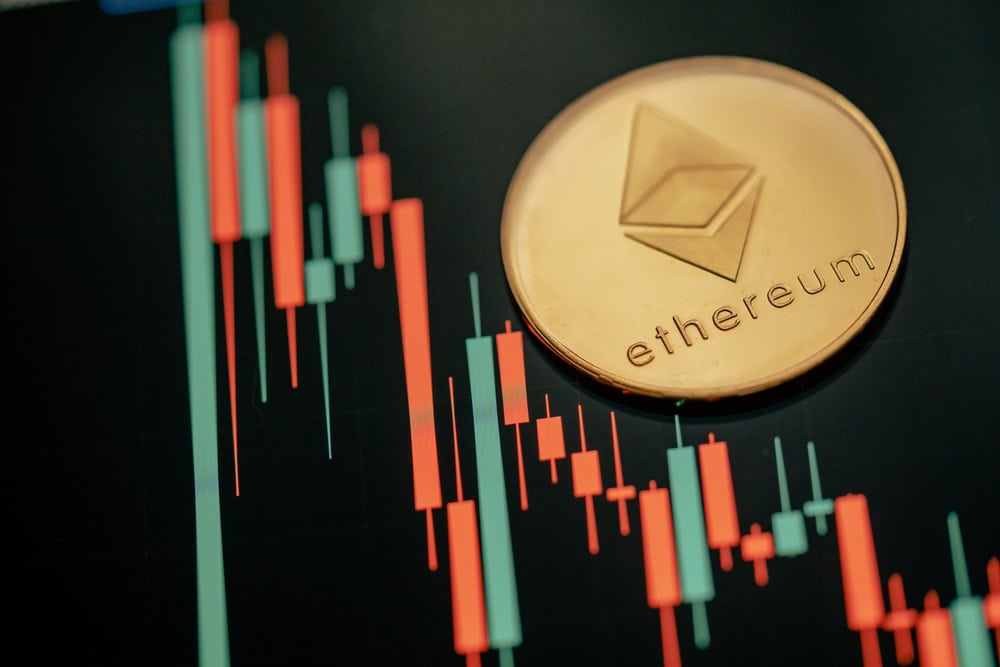
Not everyone is convinced that Ethereum’s path goes straight up. Here are the two main concerns:
1. Layer 2 “Value Drain”
Some improvements to Ethereum’s ecosystem might undermine ETH’s value. The rise of Layer 2 networks (like Coinbase’s Base, Arbitrum, and others built atop Ethereum) helps scale Ethereum by handling transactions off-chain. However, these platforms can divert activity and fees away from Ethereum’s main chain.
Banks have noticed this “midlife crisis” for ETH. Standard Chartered slashed its 2025 price target for Ethereum from $10K to $4K, citing how L2s are “reducing ETH’s market cap” by siphoning transactions that would otherwise burn ETH as gas. If users increasingly transact on L2s where ETH isn’t needed for every transaction, Ethereum’s own value capture could erode over time.
2. Shifting Institutional Sentiment
While institutions opened the door to Ethereum this year, there’s no guarantee they’ll keep pouring in at the same rate. Late 2025 brought signs of profit-taking. By the end of October, Ethereum ETFs saw net outflows for multiple days straight, totaling nearly $1 billion in just one week.
BlackRock’s flagship Ethereum fund alone recorded over $100 million in outflows in a single day. These reversals suggest that big investors will sell if macro conditions turn sour or if Ethereum underperforms expectations.
The Bullish Case for Solana
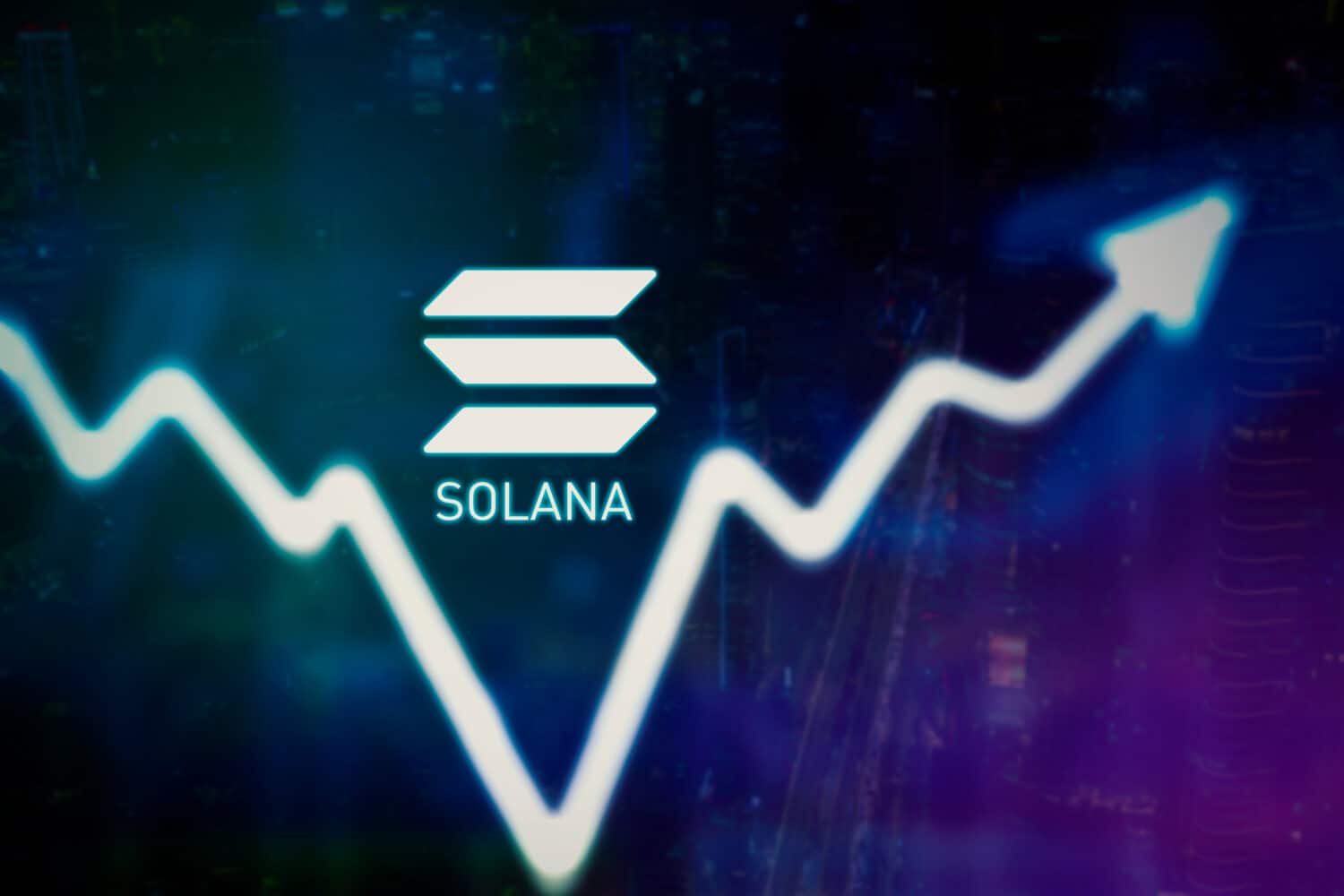
In the Solana camp, the bullish arguments center on momentum and potential. Solana is often pitched as a higher-risk, higher-reward bet, and the upside case goes like this:
1. High-Speed, High-Throughput Advantage
Solana was built to do what Ethereum can’t (yet): handle internet-scale transaction volumes with minimal fees. Its Proof-of-History and Proof-of-Stake design allows Solana to process 1,000+ transactions per second with finality under half a second. This makes Solana attractive to developers building decentralized exchanges, gaming apps, and payments systems.
Solana hosts top apps like Jupiter DEX and the Magic Eden NFT marketplace. These are projects that thrive on fast, low-cost transactions. This fundamental advantage could drive outsized network growth, which in turn fuels demand for SOL tokens.
2. Surging Ecosystem and Developer Activity
The past two years have seen explosive growth in builder interest on Solana. A a16zcrypto analysis showed a 78% increase in developers working on Solana, making it one of the fastest-growing ecosystems in crypto.
New projects ranging from DeFi platforms to real-world asset tokenization are launching on Solana. Even Stripe and Shopify are integrating Solana Pay for ultra-fast payments. If Solana’s network effects continue into 2026, the demand for SOL could surge.
The Bearish Case for Solana
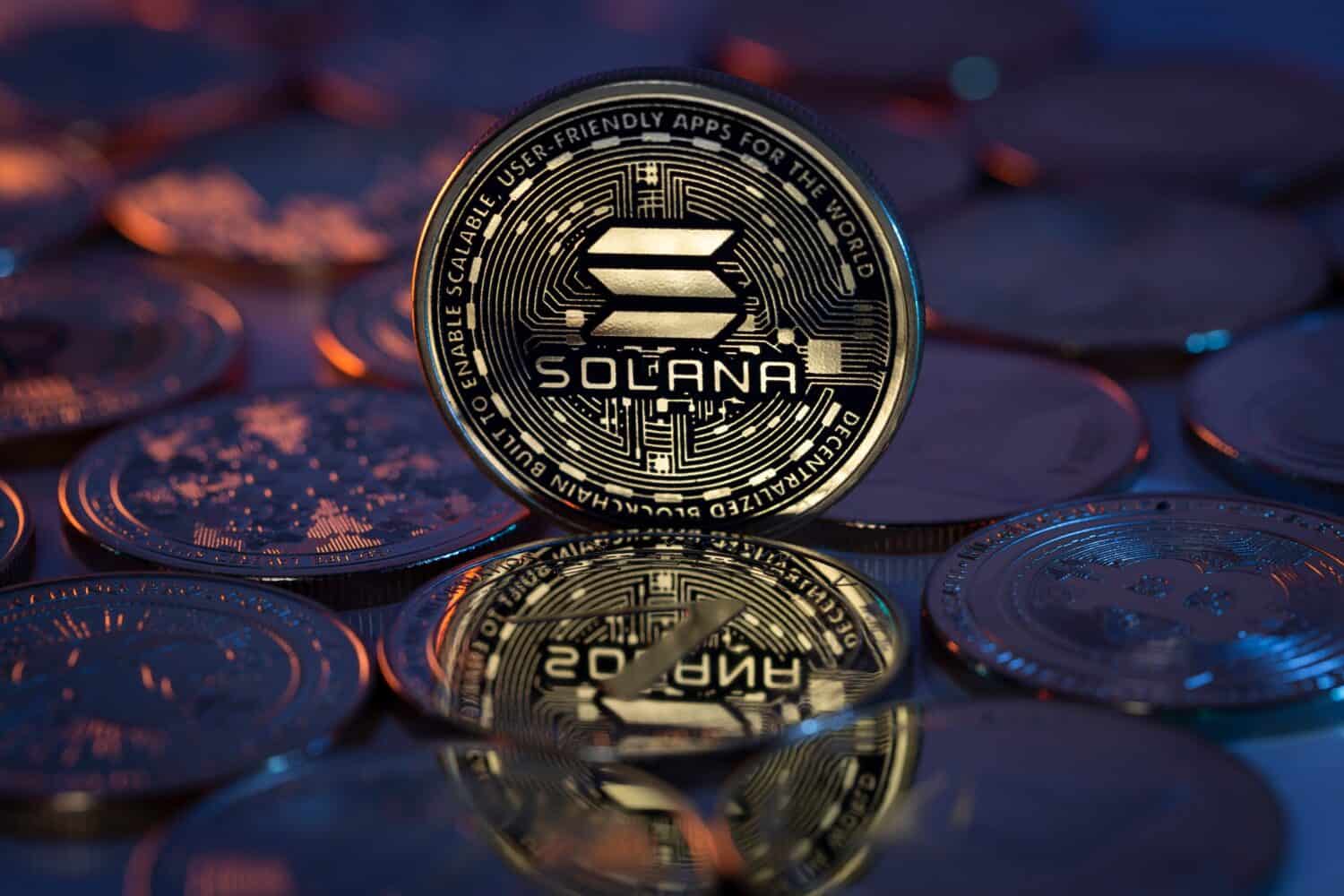
As tempting as Solana’s growth story is, Solana bears point out several factors that could limit Solana’s growth in 2026:
1. Regulatory Issues
Solana has bigger regulatory questions than Ethereum. The U.S. Securities and Exchange Commission has hinted that SOL (among other tokens) could be an unregistered security in their view. While Ethereum is often seen as a commodity, Solana’s fate with regulators is less clear.
Ongoing lawsuits and the SEC’s aggressive stance represent a “potentially existential threat” to the Solana ecosystem if they escalate. While clearer laws in 2026 could ease this worry, for now, it’s a cloud over SOL. This uncertainty could deter some institutional investors from buying Solana, at least until there’s more clarity.
2. “High-Beta” Volatility and Risk Profile
Solana’s smaller size and shorter track record make it prone to bigger swings than Ethereum. Recent history proves that SOL lost over two-thirds of its value in 2022’s crash, then skyrocketed, then halved again in 2025. These wild swings might concern risk-averse investors.
Analysts note Solana is a high-beta play, meaning it typically exaggerates crypto market moves (up and down). One market expert warned that SOL could experience “8–10% price swings depending on whether risk appetite expands or contracts” around macro events. In a downturn or if crypto sentiment sours, Solana could easily retrace sharply, perhaps more so than Ethereum.
The Bottom Line
The 2026 upside debate between Ethereum and Solana remains fierce. Bulls on both sides have laid out credible cases: Ethereum could benefit from billions in fresh capital and tech upgrades, while Solana could ride its explosive ecosystem growth and attract big-money interest if a Solana ETF gains approval.
Bears likewise have their warnings. Ethereum may struggle to repeat its earlier success. With a market cap now exceeding half a trillion dollars, its sheer size and Layer-2 value drain could slow future growth. Solana, on the other hand, faces extreme volatility and legal uncertainty that may limit how far it can go.
The big question: which of these top altcoins will deliver greater upside in 2026? Four key factors will determine which blockchain leads the charge: Watch the ETF rulings, follow Ethereum’s Fusaka upgrade, check Solana’s network performance, and review regulatory clarity.
Search
RECENT PRESS RELEASES
Related Post



